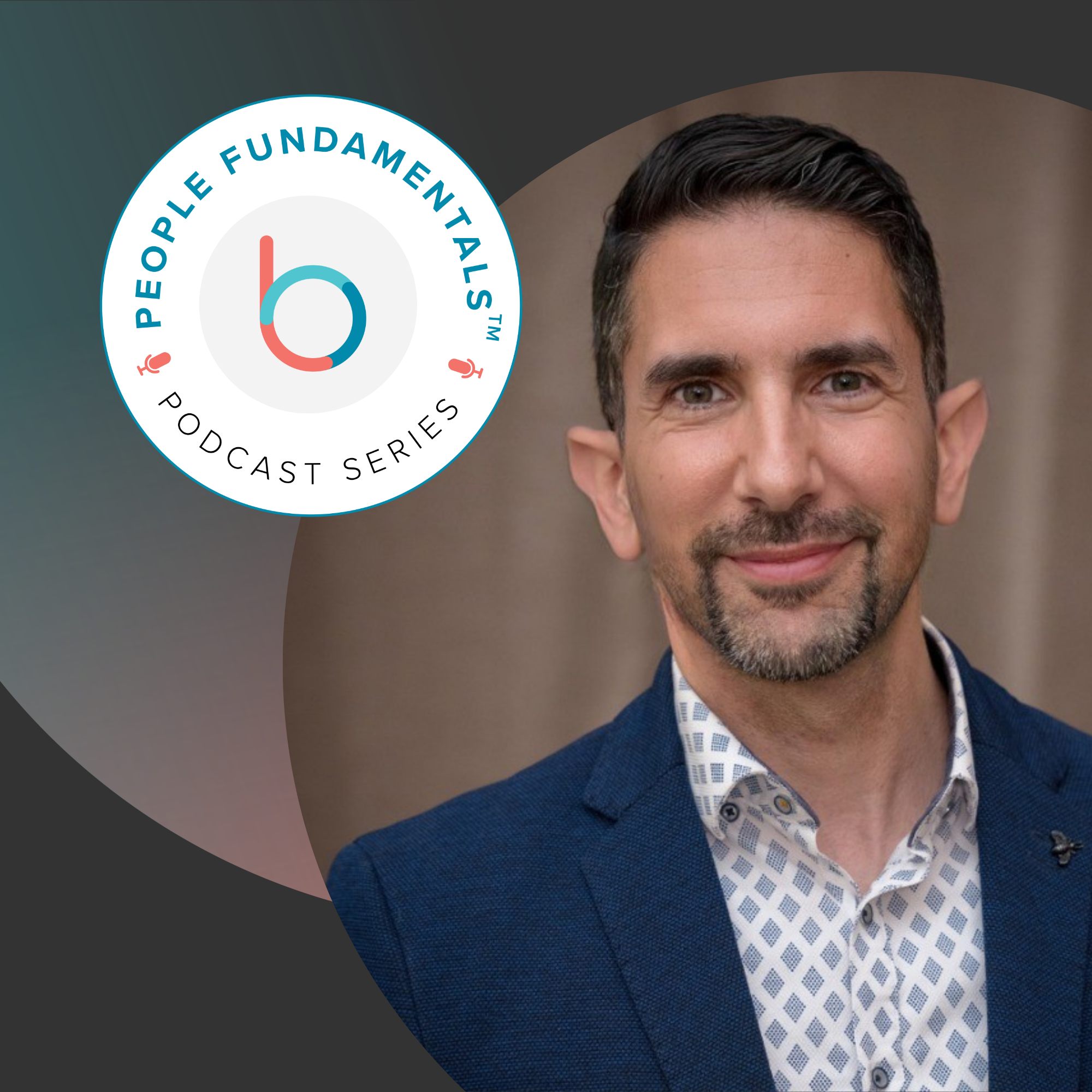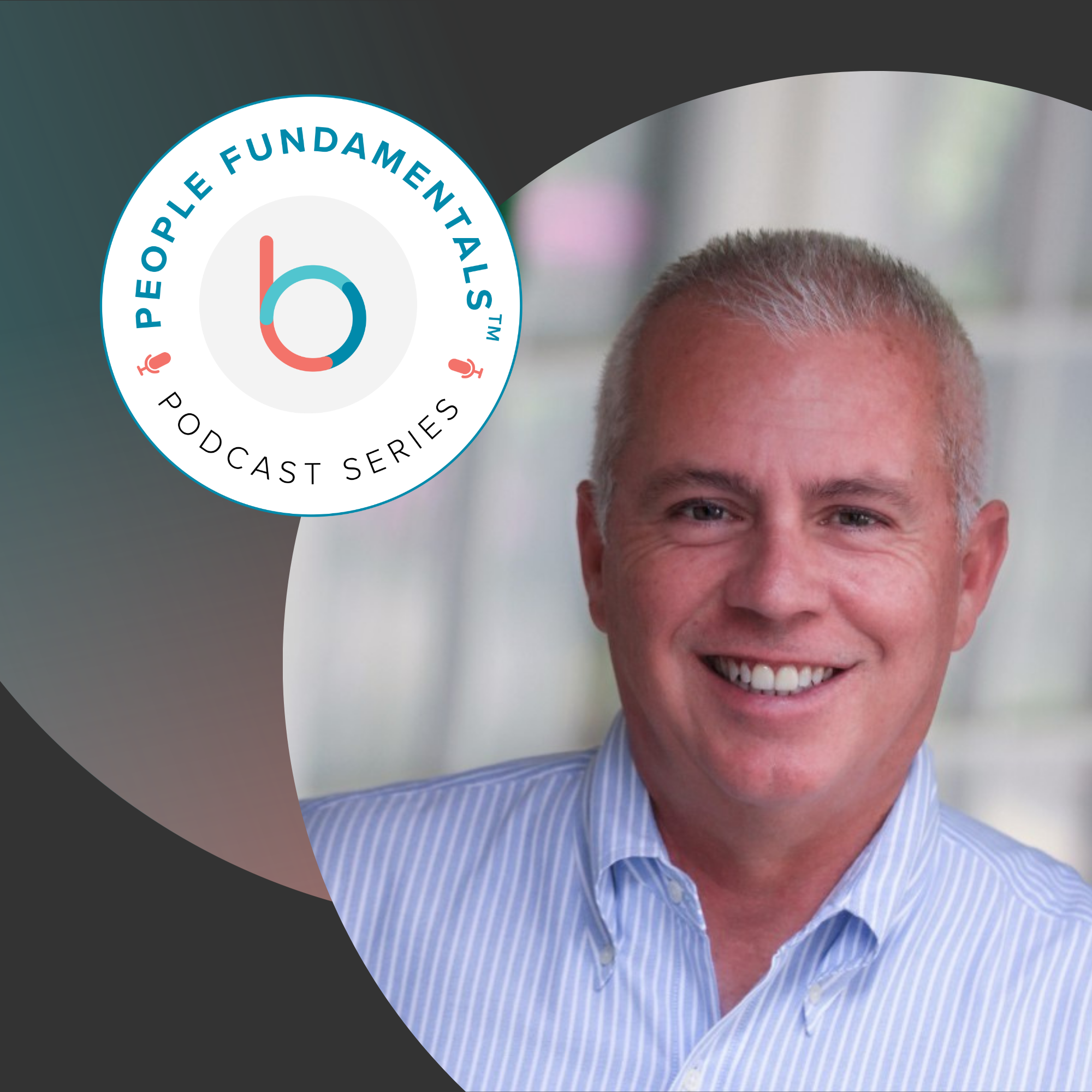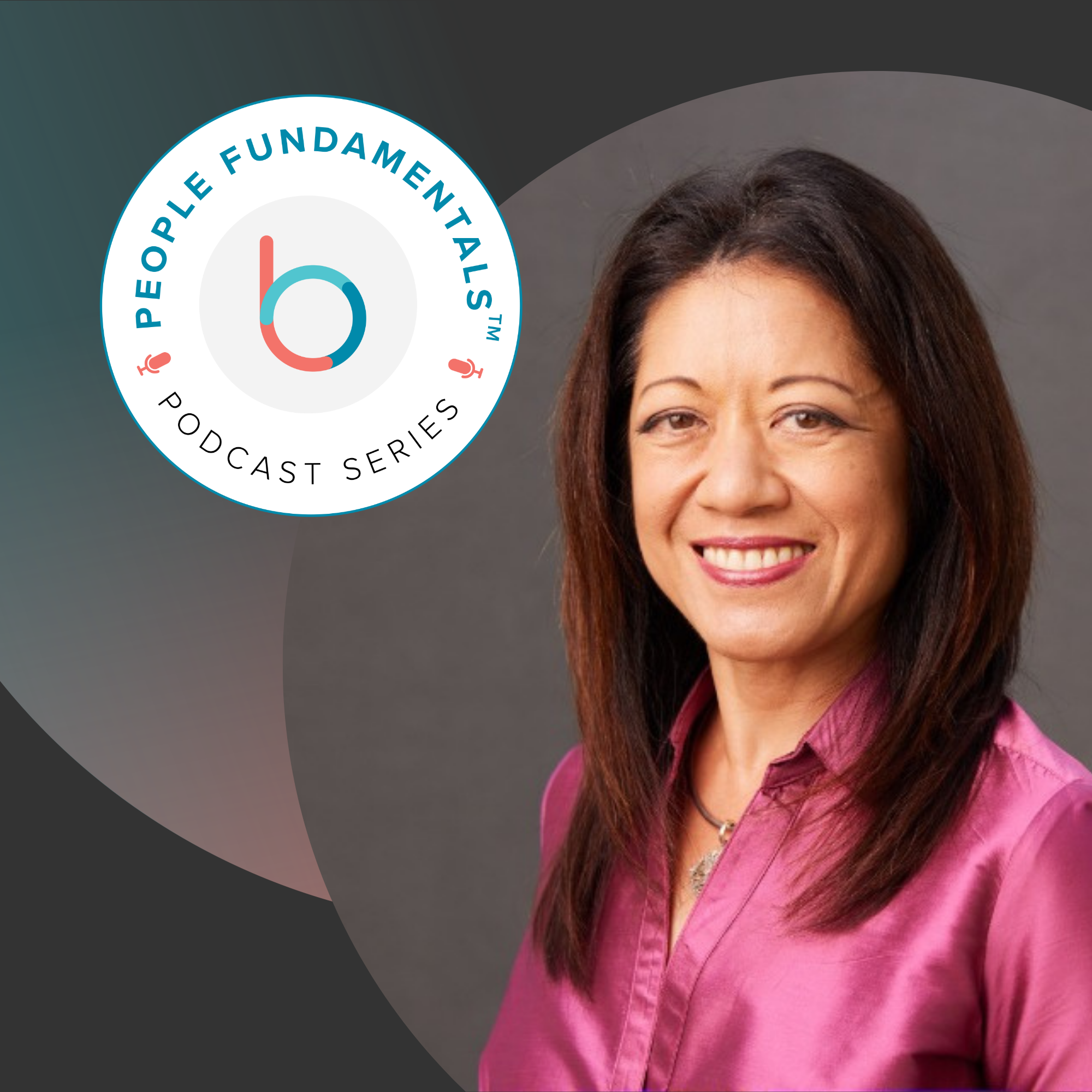“Happiness” isn’t a standard goal of most talent strategies, but maybe it should be. Happy employees are more engaged, productive, and connected with their peers and purpose. And they are, of course, happier, leading to a more fulfilling employee experience. That’s why Delivering Happiness CEO and “Beyond Happiness” bestselling author Jenn Lim makes it her personal mission to deliver happiness to every workplace.
During her years of research, Lim says, she has learned that the “most sustainable form of happiness is actually having a higher purpose — being part of something bigger than yourself.” As HR leaders, you can foster happiness among your workforce by transforming your organization into a place where people can live their purpose every day.
We invited Lim to headline our upcoming EmpowerHR virtual event, where she’ll share her insights for making work a better, happier experience for your people. Before that, we caught up with Lim to get her perspective on the role of leaders, HR, and managers in delivering happiness at work.
“One of the tenets of meaningful happiness is being authentic: feeling you can show up, feeling like you belong. That’s what we’re driving toward.”
Jenn Lim, CEO and bestselling author
Leaders set the tone for what’s important
Sponsorship from HR executives and other organizational leaders is essential to transforming your workplace into one that fosters happiness. Your enthusiastic support is a key ingredient of ongoing organizational change. “The biggest challenge is if the company does not prioritize this — if they see it as a nice-to-have versus need-to-have,” Lim says.
Beyond providing initial support, you need to communicate that you want people to feel more fulfilled, especially at work. Culture is the key to driving those efforts. “If there is true intention to have a more fulfilled workforce … instead of having a policy, it’s more about having a solid and strong foundation of culture,” Lim says.
What does that look like in practice? “There are levers as leaders that we can help people on our teams tap into,” Lim says. Those levers include a sense of autonomy, freedom, flexibility, progress, connectedness through meaningful relationships, and, most importantly, a higher purpose. Incorporating these elements into company culture is a critical first step to building a happier workplace.
HR creates an environment where happiness blossoms
Since the pandemic, HR leaders have had to reimagine the purpose of their own work. “The companies that get it realize they have to rethink everything,” Lim says. That’s been an ongoing challenge, but it also opens opportunities to plant new seeds and focus on new priorities, like fostering happiness. You have the power “to say, ‘This is what we do; this is what we’re here for,’” Lim continues.
One of the secrets to enduring happiness at work is for employees to find it themselves. Happiness isn’t something you can force from the top down. To get the ball rolling, it’s up to HR to change the language it uses to refer to what employees offer.
Talking about the whole person — their emotional, mental, social, and financial well-being — and not just their skillset or what they can deliver, supports an environment of psychological safety where happiness can blossom. “HR can play a huge role in creating that environment and having that open dialogue so people feel that they’re actually cared for,” Lim says.
Delivering happiness at work is an ongoing commitment. It’s not a program you can launch and leave. “That’s just not how it works because it’s not operationalized; it’s not systemic,” Lim says. “The challenge is seeing it as a long-term journey.”
Like anything, a happiness program ebbs and flows; it must be nurtured. “It’s like a greenhouse,” Lim says. “You’ve got to create the right conditions and then constantly tend to it, constantly test new things.”
One of the secrets to enduring happiness at work is for employees to find it themselves. Happiness isn’t something you can force from the top down.

Managers can prompt employees to discover their purpose
The key to supporting employee happiness is to empower managers to foster it among their teams. To do that, though, managers need to be able to cultivate happiness in themselves first. “The people they interact with are going to feel whatever they’re bringing to the workplace,” Lim says.
HR can provide the tools and resources managers need to be able to find happiness themselves. One of the best ways to do that is to help managers find their higher purpose and values to draw that out in others.
“What is it that they want to prioritize in their life, from the time they wake up to the time they go to sleep?” Lim says. “I guarantee you it’s not always work.”
Start by having a simple conversation with your managers. Ask them these questions:
- What fires you up (in good or bad ways)?
- What are you good at?
- What’s your intended impact on the people you touch in your ecosystem?
The answers to these questions produce a draft (or refined) purpose statement managers can use to direct their actions. Managers can, in turn, host this activity with their teams to create a continuing dialog.
But to empower employees to find their purpose, we need to broaden the conversation to address how we treat each other as people, not just as employees. “When we talk about purpose, it’s not about your purpose at work. It’s actually more about your purpose in life,” she says. “One of the tenets of meaningful happiness is being authentic: feeling you can show up, feeling like you belong. That’s what we’re driving toward.”
Finding a broader purpose creates a foundational layer to finding happiness and wholeness at work. It starts with being introspective and self-aware and providing prompts to others. “Being inward is what we can do as leaders to help people get to that place and be more grounded, even though there’s still a lot of chaotic things happening in the world,” Lim says.
Delivering happiness is an ongoing priority, and it’s a priority that employees will appreciate. “There’s no silver bullet to all this,” Lim says. “It’s about being able to engage in these real conversations, with psychological safety, that people really want to have.”
Want to learn more about fostering happiness at work? Register today to attend Jenn Lim’s keynote session at EmpowerHR.
Cultivate Happiness in the Workplace






